If you're making toys for home use or for sale, it's extremely important that the items you make are safe.
There are many concerns when it comes to toys, including mechanical safety, protection from ingestion, labelling, and more.
The following standards may apply:
| Standard |
Description |
| EN 71-1:2014+A1:2018 |
Safety of toys - Part 1: Mechanical and physical properties |
| EN 71-2:2020 |
Safety of toys - Part 2: Flammability |
| EN 71-3:2019+A1:2021 |
Safety of toys - Part 3: Migration of certain elements |
| EN 71-6:1994 |
Safety of toys - Part 6: Graphical symbol for age warning labelling |
| EN 71-8:2018 |
Safety of toys - Part 8: Activity toys for domestic use |
The breadth of the safety requirements is too much for this short guide, you should do some research to make sure your product meets the numerous safety requirements before placing it into the hands of a child.
In the UK, the website CE Marking Handmade Toys can help you to determine the safety of your items before use.
We have many of our fabrics tested to EN 71-3 standards that ensures the product will not migrate certain harmful elements if a child should end up ingesting a part of the toy.
It's worth noting, however, that when combined with other materials this may change the properties of the fabric, or they may change with the forseeable usage or washing of your items, so you should always do your own risk assessments.
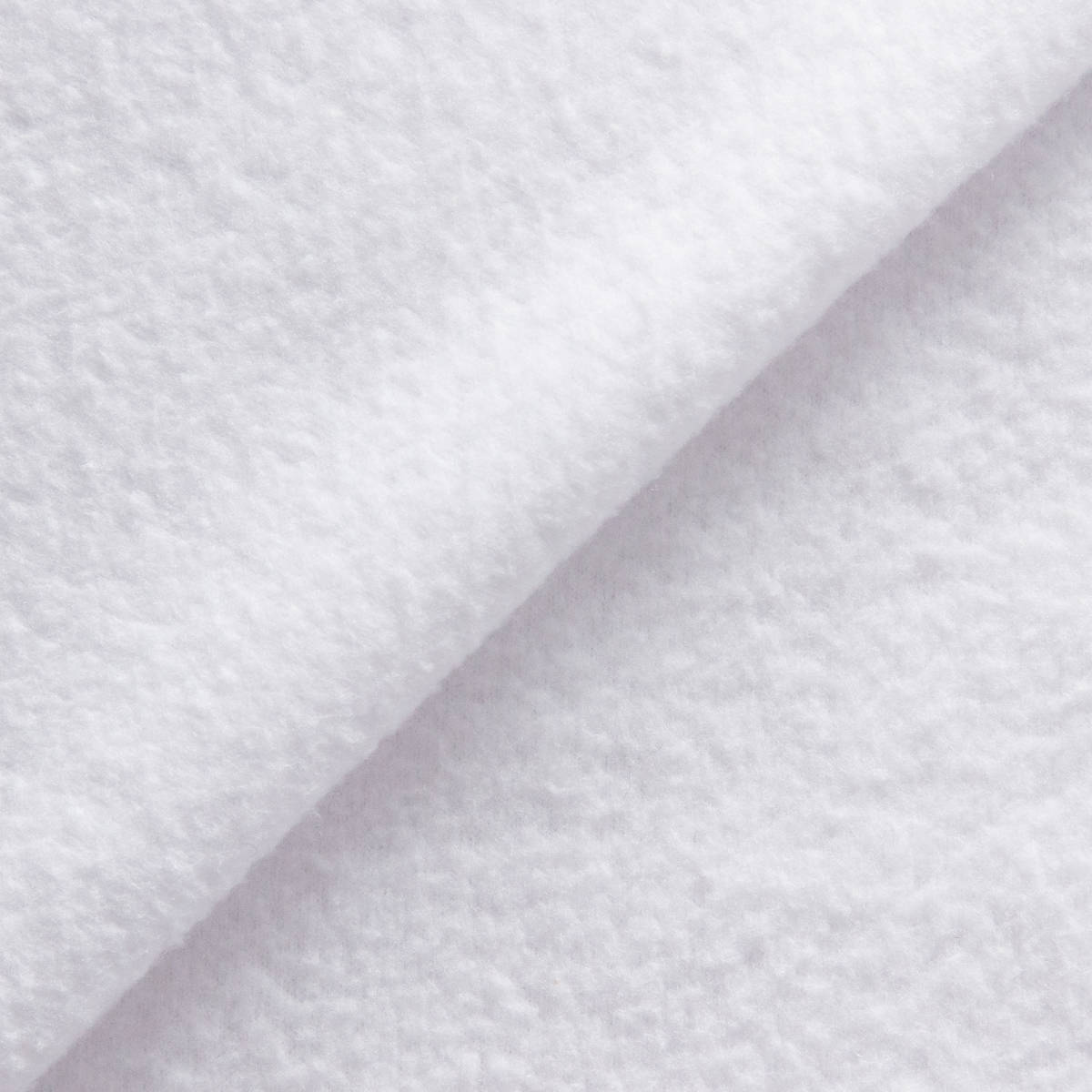
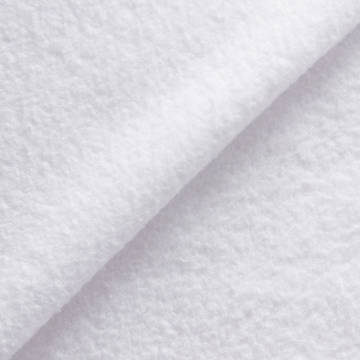
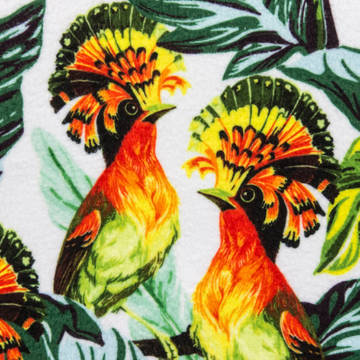
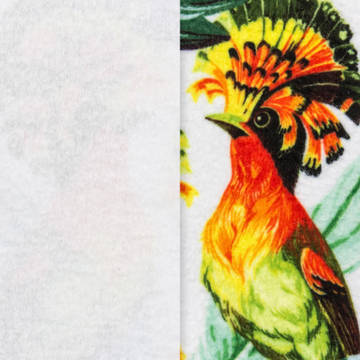
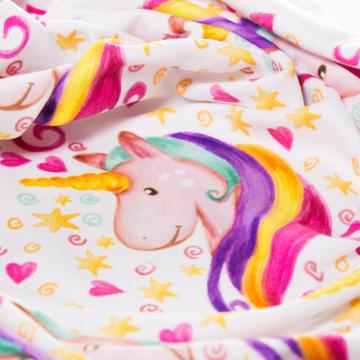
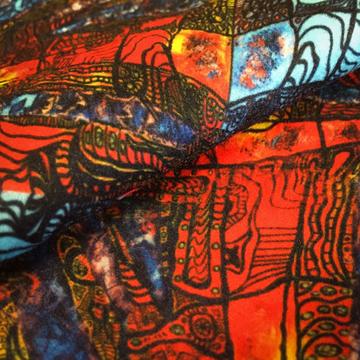

